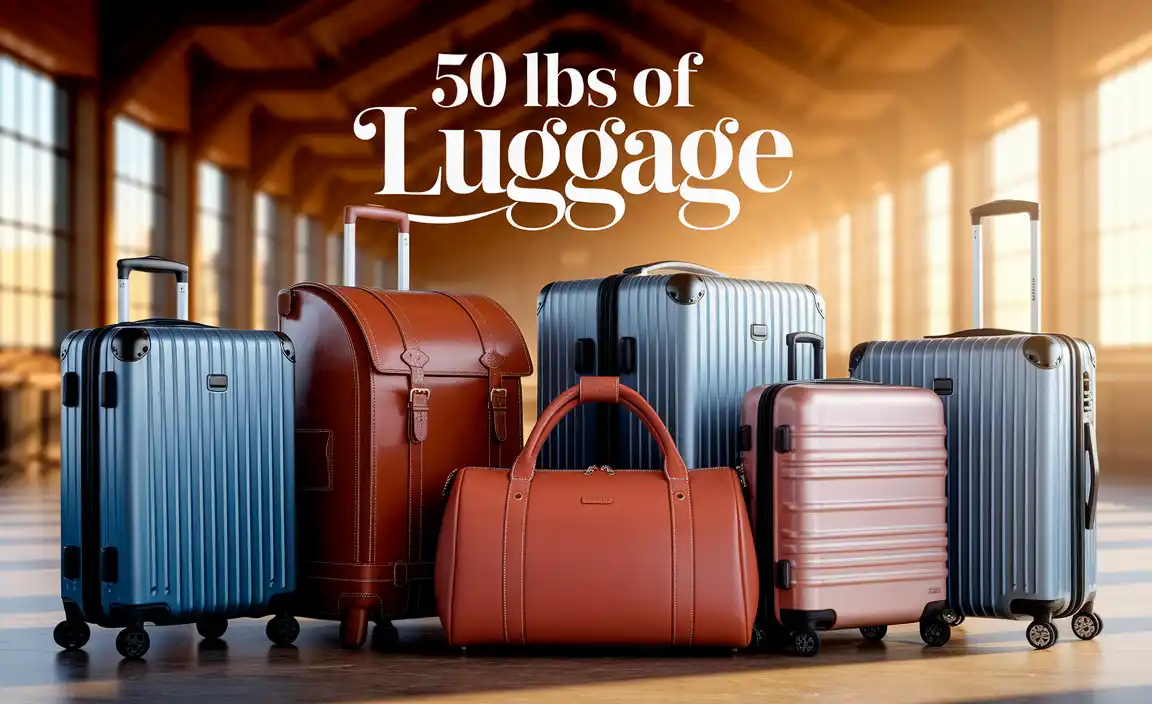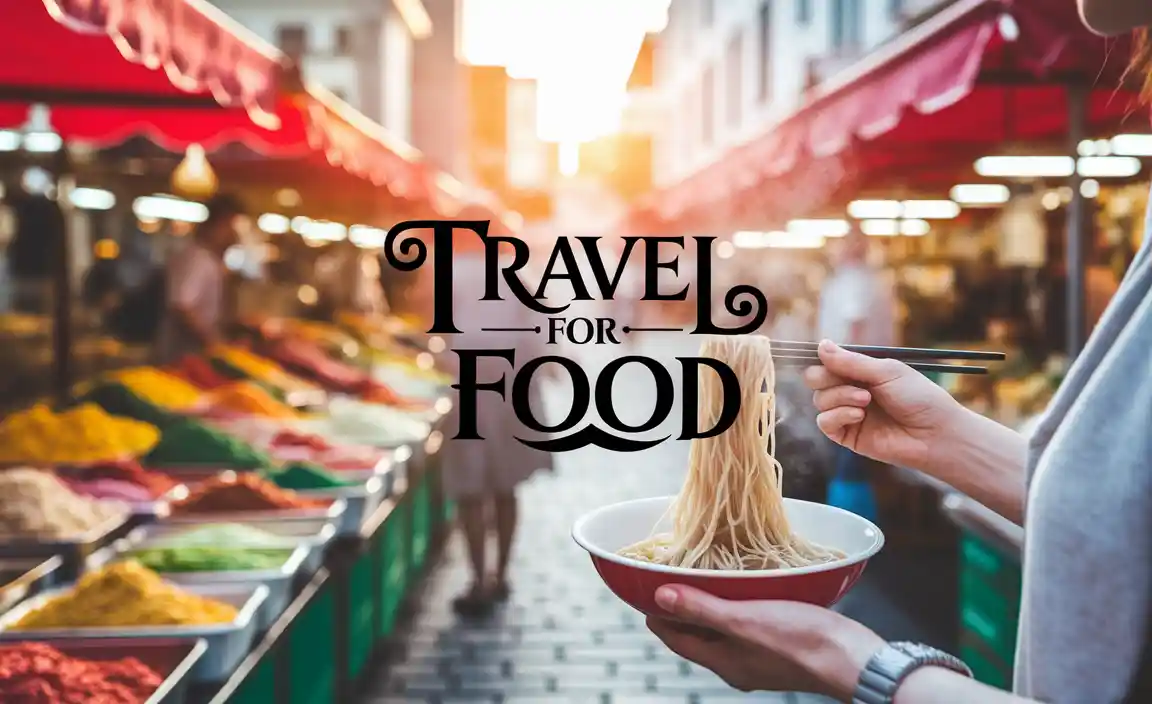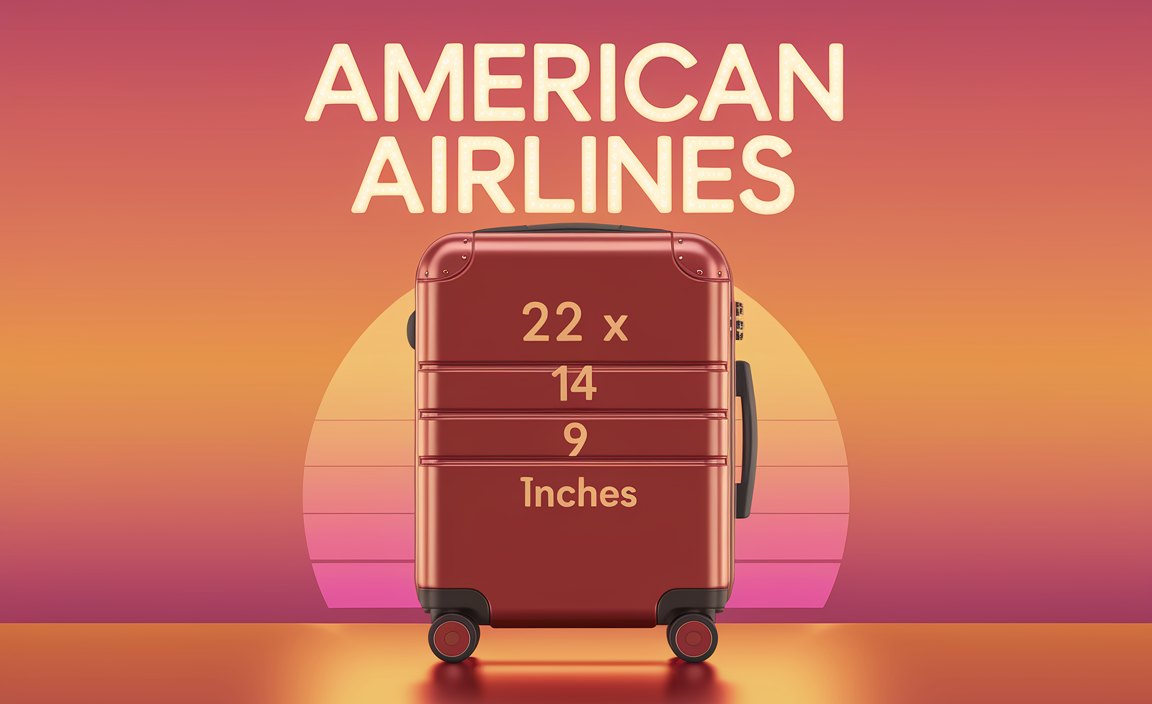Restrictions may limit what you can bring depending on what kind of food you want to pack and where you’re travelling. Can you pack food in checked luggage? It’s a common question for those traveling and wanting to bring some of their favourite foods.
While it may seem simple, the answer isn’t always straightforward. Some countries, for example, have strict rules about bringing fresh produce or meats. While others may allow packaged foods but not homemade items. Additionally, different airlines may enforce their own policies on what passengers can and cannot pack in checked luggage.
It’s important to research and understand the regulations before you start packing. However, with a little planning and preparation. Bringing food with you on your travels and enjoying a taste of home while you’re away is possible.
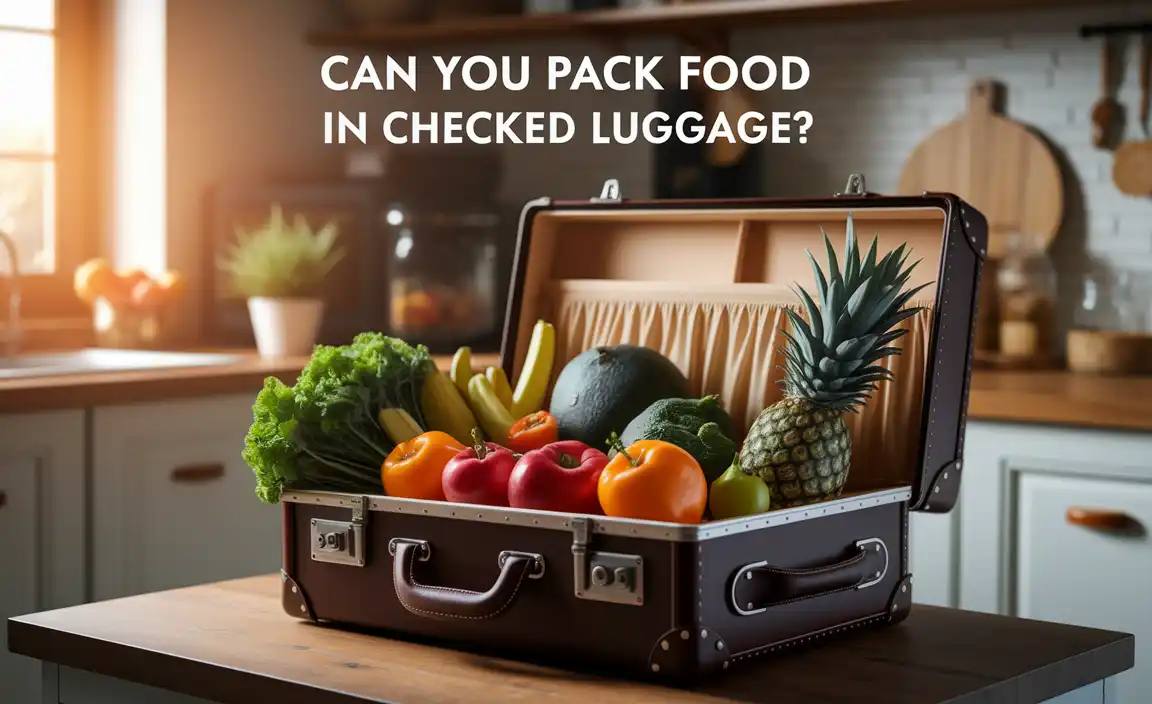
TSA Regulations On Packed Food Items
TSA regulations are subject to change, and it’s always a good idea to check. The official TSA website or contact the airline directly for the most up-to-date information before travelling with packed food items. Additionally, if travelling to other countries, review your destination’s customs and agriculture guidelines to avoid any issues with bringing food items into the country. Here are some packed food items:
- Solid Food Items: You can pack items in your checked luggage without restrictions. These can include snacks, canned goods, and non-perishable items.
- Liquid Food Items: Ensure you properly seal and prevent liquid food items from leaking during the flight when packing them in checked luggage. You can pack larger quantities of these items in your luggage.
Types Of Food Items That Can Be Packed In Checked Luggage
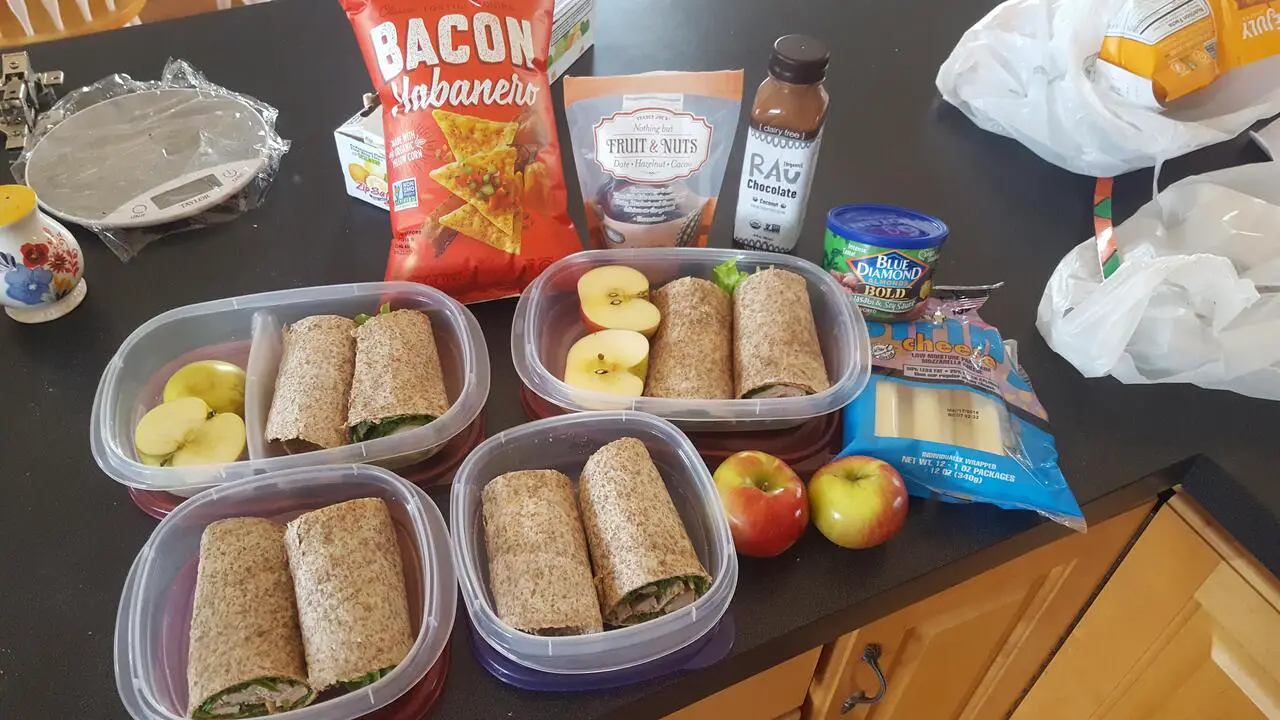
Remember that specific countries might have restrictions on bringing certain types of food items across their borders, especially fruits, vegetables, and meat products, so checking your destination’s customs and agriculture regulations before packing is essential. People generally allow various options. Provided they comply with the airline’s or destination country’s specific regulations. You can pack these types of food items in checked luggage:
- Non-Perishable Snacks: Non-perishable snacks such as granola bars, chips, crackers, nuts, and dried fruits are generally safe to pack in checked luggage.
- Canned Goods: Pack canned foods like soups, vegetables, and fruits in checked luggage.
Just make sure you do not damage or compromise the cans.
- Dry and Packaged Foods: Items like pasta, rice, cereal, and pre-packaged dry meals are suitable for checked luggage.
- Baked Goods: Just make sure you do not damage or compromise the cans.
But you must ensure that you adequately protect them from breakage.
- Spices and Condiments: Authorities generally allow dry spices and unopened containers. But be cautious with liquid-based condiments due to the 3-1-1 rule for carry-on liquids.
How Can You Pack Food In Checked Luggage?
Packing food in your checked luggage can be a lifesaver. Especially if you travel to a destination where food options may be limited or expensive. While it is important to note that some countries have restrictions on bringing certain foods into the country, for example, fresh fruits and vegetables, packing dry and non-perishable foods can be a great way to save money and ensure you have access to familiar food options. Here are some tips on how can you pack food in checked luggage.
Choose The Right Type Of Packaging For Your Food Items
The first step to packing food in checked luggage is choosing the right packaging type for your food items. You may need different packaging materials depending on the type and quantity of food you want to bring. For example, if you want to bring solid food items like bread, cheese, fruits, or snacks.
You can use plastic bags, foil, or plastic wrap to keep them fresh and prevent them from getting crushed. If you want to bring liquid or gel food items like soup, sauce, or jam, you should use airtight containers that are leak-proof and durable. If you want frozen or refrigerated food items like meat, seafood, or dairy products, use a cooler or an insulated bag with ice packs or dry ice to keep them cold.
Wrap Each Item Individually To Prevent Contamination And Leakage
To prevent your food items from contaminating or leaking onto each other or your clothes, you should wrap each item individually with plastic bags, foil, or plastic wrap. This will also help you separate your food items from other items in your luggage and make them easier to identify. You should also label each item clearly with its contents and expiration date, especially if they are perishable or have special dietary requirements.
Use Airtight Containers For Liquids Or Sauces
If you want to bring liquids or sauces in your checked luggage, you should use airtight containers that are leak-proof and durable. You can use plastic bottles, jars, or tubs for this purpose, but make sure they are not too full or pressurized.
You should also wrap them with plastic bags or foil to create another layer of protection and prevent any spills. Also, you should follow the TSA rules for liquids in checked luggage, which state that liquids must have less than 70% alcohol content and no more than 5 litres per person.
Label Each Item Clearly With Its Contents And Expiration Date
To avoid any confusion or problems at the airport or your destination, you should label each food item clearly with its contents and expiration date. This will help the security agents and customs officers identify your food items and check them accordingly. It will also help you remember what you packed and when you need to consume them. You can label your food items using stickers, markers, or tags.
Pack Heavier And Sturdier Items At The Bottom Of Your Luggage To Avoid Crushing
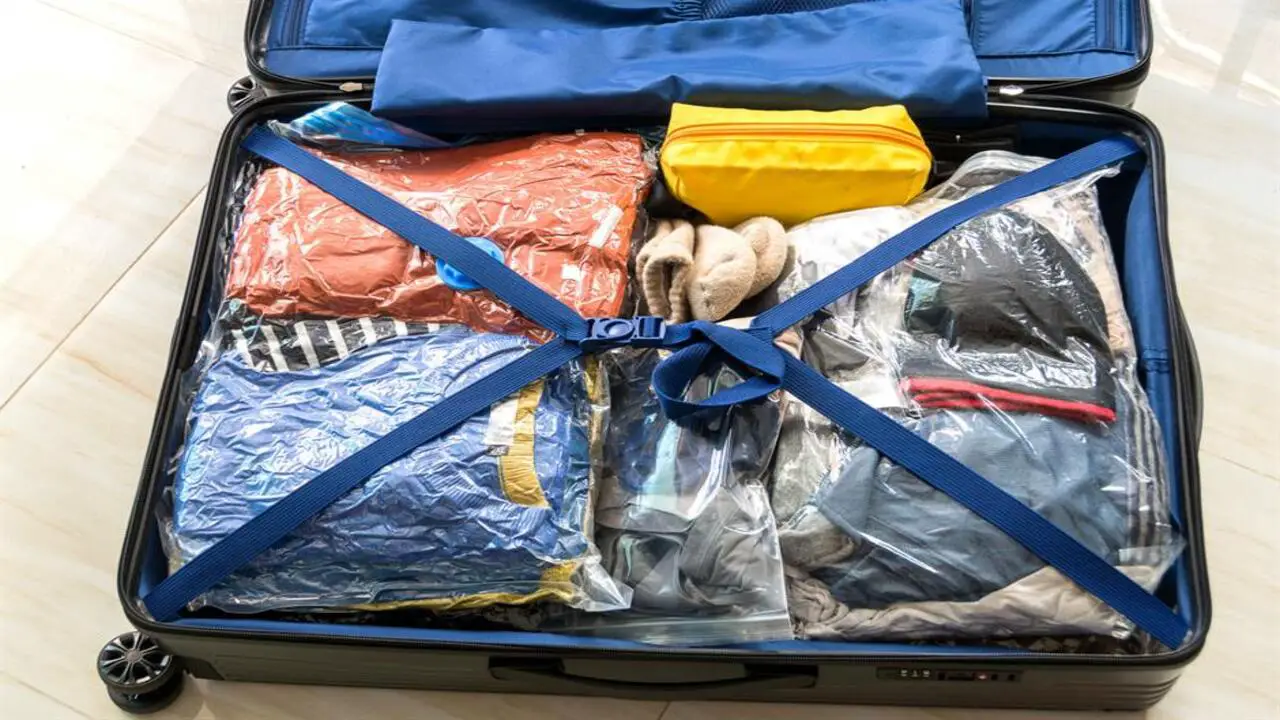
Place heavier and sturdier items at the bottom of your luggage to prevent them from crushing or damaging your food items. These include canned goods, jars, bottles, boxes, or tins. You should also place them in a plastic bag or a cardboard box to provide extra cushioning and support. You should then pack lighter and softer items on top of them, such as bread, cheese, fruits, or snacks.
Use Bubble Wrap Or Packing Peanuts To Fill Any Empty Spaces And Prevent Movement
To prevent your food items from moving around or colliding with each other in your luggage, you should use bubble wrap or packing peanuts to fill any empty spaces and gaps. This will provide more padding and insulation for your food items and prevent them from getting too hot or cold during transit. You can also use newspaper, clothing, towels, or other soft materials to fill empty spaces.
Consider Using A Cooler Or Insulated Bag For Perishable Items
You should keep perishable items that must be kept cold or frozen in your checked luggage. You should consider using a cooler or an insulated bag with ice packs or dry ice to keep them cold. This will help preserve the quality and safety of your food items and prevent them from spoiling or growing bacteria. Which state requires that people use hard-sided coolers and properly package and label dry ice?
Potential Risks And Concerns Of Packing Food In Checked Luggage
While packing food in checked luggage can be convenient and cost-effective, you should be aware of some potential risks and concerns. Your food items may be subject to inspection by security agents or customs officers, which may cause delays or confiscation.
Transit may expose your food items to temperature changes, pressure changes, shocks, vibrations, or rough handling, affecting their quality or safety. Your food items may leak, spill, break, or get crushed by other items in your luggage, damaging your clothes or belongings. Food items may attract pests like insects or rodents in your luggage or at your destination.
Conclusion
The question of whether can you pack food in checked luggage is complicated. While there are no hard and fast rules, avoiding packing perishable items, such as fresh fruits and vegetables, in checked luggage is generally advisable.
This is because the temperature and pressure conditions in the cargo hold can cause spoilage or contamination, which could result in health risks. However, non-perishable items such as packaged snacks, canned goods, and dried fruits and nuts are generally considered safe to pack in checked luggage.
It is important to note that different airlines may have varying rules and regulations regarding food items in checked luggage, so it is always best to check with your specific airline before packing any food items. Ultimately, the decision to pack food in checked luggage is up to the individual traveller. Still, weighing the potential risks and benefits before making a final decision is important.
FAQ’s:
[rank_math_rich_snippet id=”s-1001baa6-e006-4346-9ac0-4a7f005c7274″]

